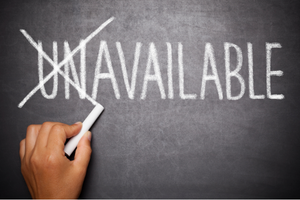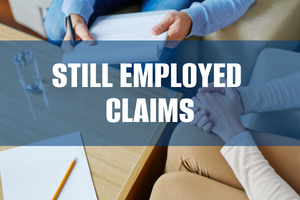Lifecycle of an Unemployment Claim

Unemployment begins with a separation. This could be a quit, discharge, lack of work, or
even someone who is still employed and filing for partial benefits.
Step 1: Separation – Once an employee is separated from an employer for any particular
reason, that employee will determine if unemployment is something that he/she will pursue.
Step 2: Claim Filed – At the state location where the claimant files, the state then generates a
claim form which is sent to all employers that he/she worked for within the past 18 months.
PLEASE NOTE – If you receive a claim for an active full or part time employee, please reach out
to that employee to confirm whether or not a claim for unemployment benefits was filed. If it
is discovered that the employee did not file an unemployment claim, please respond to the
request for information as still working, the employee did not file a claim. For more
information on unemployment fraud, click here.
Step 3: Response Sent – After all separation details are gathered, a claim response will be
sent back to the state.
Step 4: State Call – After information is collected for the claim, the state will sometimes
need additional information.
Step 5: Determination – The state will then utilize the claimant’s statement as well as all of
the information provided by the employer to help aid in making a decision.
Step 6: Appeal Filed – Whichever party receives the unfavorable determination has the right
to file an appeal.
Step 7: Hearing – Approximately 4-6 weeks after the filing of the appeal, the state will
schedule an unemployment hearing.
Step 8: Decision – Once a decision has been made and written, it is then sent to the claimant
and the employer.
Step 9: Appeal to Board of Review – The Board of Review is generally a small panel of
individuals who will review the case in its entirety. The Board will look at all of the
documentation in the file and listen to a recording of the hearing. No new evidence is
presented to the Board of Review.
Step 10: Final Decision – If the party who receives the unfavorable Board decision disagrees
with it, the case will have to be appealed in state court or a similar venue. 501 Alliance and Equifax’s
involvement ends at the Board of Review. Any circuit court activity would be handled through
the employer’s legal department.
Thank you to our partner, Equifax, for providing this educational content.


